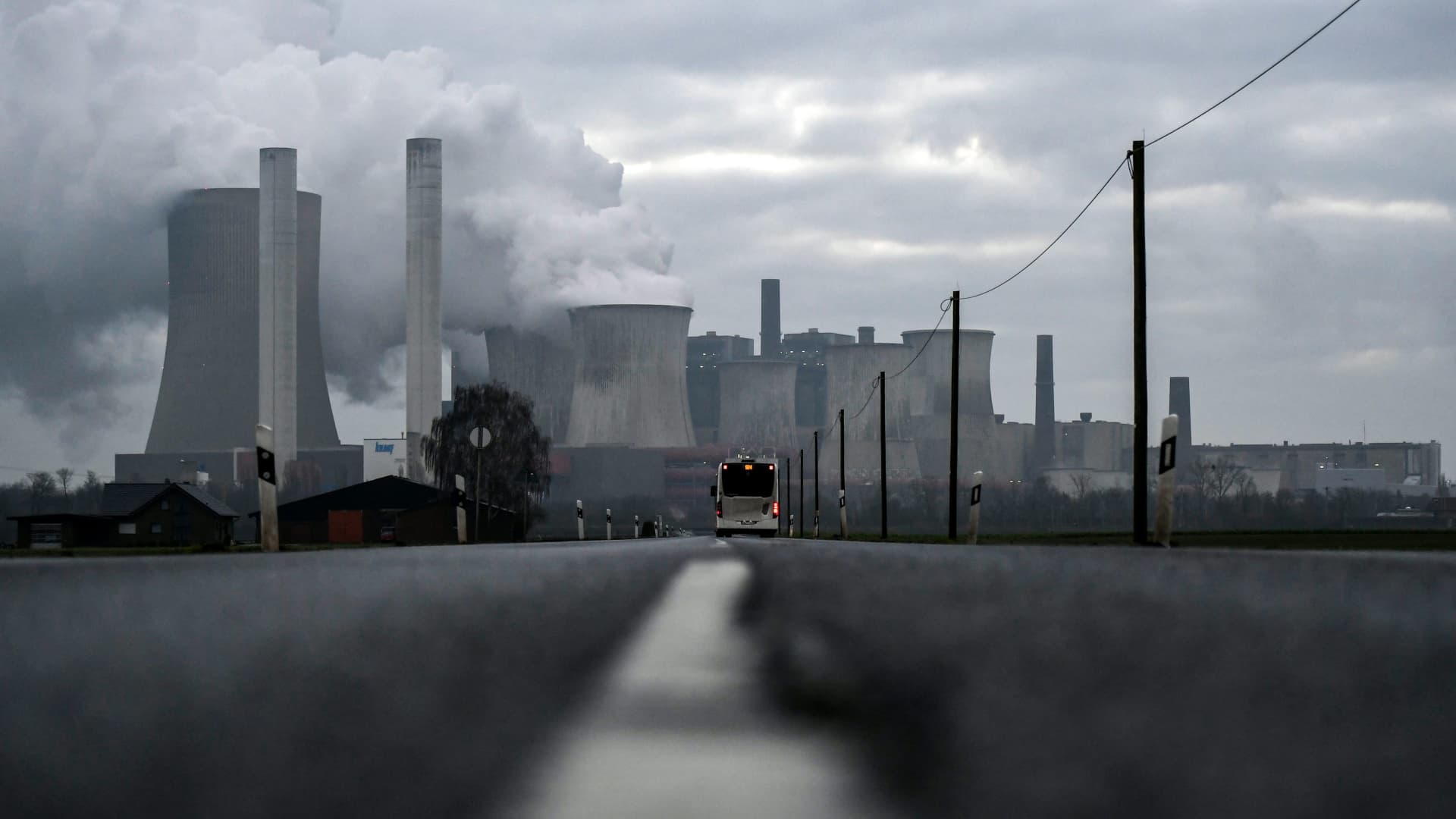Energy
Friday, July 12th, 2024 2:51 pm EDT
Key Points
- Oil Price Movement: U.S. crude oil prices rose by 1% on Friday, surpassing $83 per barrel. This increase came as consumer prices eased and inventories showed a decline, indicating potential tightening of supply.
- Market Dynamics: Despite a recent stall in the oil rally, West Texas Intermediate (WTI) saw a slight uptick of 0.38% after several weeks of consecutive gains. The market gained momentum toward the week’s end following June’s low inflation figures, which raised expectations for Federal Reserve interest rate cuts.
- Global Energy Trends: Energy prices showed varied movements with WTI reaching $83.39 per barrel, Brent crude at $85.95 per barrel, RBOB gasoline at $2.53 per gallon, and natural gas stable at $2.27 per thousand cubic feet. Additionally, reductions in U.S. crude oil and gasoline inventories signaled potential revival in summer fuel demand, while conflicting demand signals from OPEC and the IEA underscored uncertainties about global economic conditions, particularly in China.
In a recent update, U.S. crude oil prices saw a 1% increase, crossing the $83 per barrel mark as consumer price pressures eased and inventories showed declines. Despite a relatively flat performance earlier in the week, West Texas Intermediate (WTI) oil rallied toward the end, marking a 0.38% gain, following four consecutive weeks of upward movement. This momentum was partly fueled by June’s inflation figures, which retreated to their lowest levels in over three years, reinforcing expectations for potential Federal Reserve interest rate cuts. The latest price snapshots are as follows: WTI for August settled at $83.39 per barrel, up 77 cents (0.93%) with a year-to-date gain of 16.5%, while Brent crude for September rose to $85.95 per barrel, increasing by 54 cents (0.63%) and showing an 11.6% rise year-to-date. RBOB gasoline prices also inched up to $2.53 per gallon (0.67% increase), reflecting a 20.5% increase since the beginning of the year, whereas natural gas held steady at $2.27 per thousand cubic feet, experiencing a 9.5% decline year-to-date.
Analyst John Evans from oil broker PVM noted that despite some lukewarm performances earlier, the oil market appears to be regaining its strength. This sentiment is supported by recent inventory data showing reductions in U.S. crude oil and gasoline stocks for the week ending July 5, suggesting a potential revival in summer fuel demand. JPMorgan’s forecast predicts Brent crude averaging $84 per barrel in the third quarter, with an annual average of $83, before potentially dropping to the mid-$60s by the fourth quarter of 2025. Natasha Kaneva, JPMorgan’s head of global commodities research, emphasized expectations of tightening crude and liquid balances over the summer months, leading to significant inventory draws.
Conflicting signals on oil demand emerged from OPEC and the International Energy Agency (IEA): OPEC projects a robust demand increase of 2.2 million barrels per day (bpd) this year, bolstered by strong economic growth, while the IEA anticipates a more modest growth of just under 1 million bpd, citing a softer global economic outlook, especially in China. Kaneva highlighted mixed economic indicators from China as a key factor affecting global demand growth. JPMorgan estimates a global oil demand rise of 1.4 million bpd for the year. Lastly, despite minimal damage to Gulf Coast oil infrastructure from Hurricane Beryl, forecasts from Colorado State University predict an exceptionally active storm season, posing potential future risks to oil production and distribution.
For the full original article on CNBC, please click here: https://www.cnbc.com/2024/07/12/crude-oil-prices-today-wti-rises-for-third-day-as-inflation-eases.html




